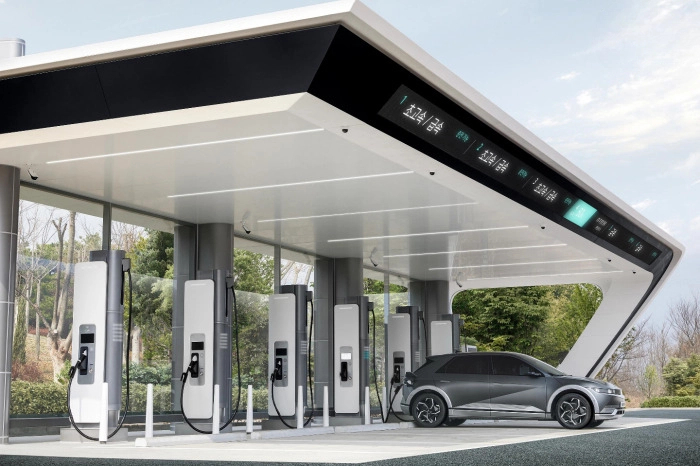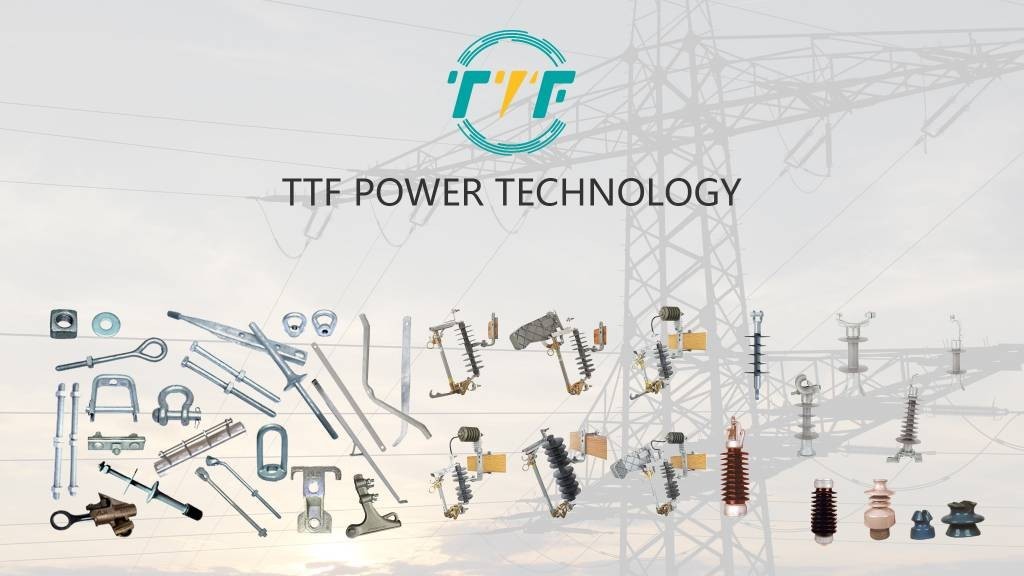
Colombia is witnessing a series of transformations, fueled by the introduction of new models and steady sales growth. Other variables, like as charging infrastructure, technological gaps, and the need for customer education, are influencing the future of electromobility in Colombia. Firms like as BYD hold a prominent position in public transportation, with operations expanding to other major cities such as Cali, Medellin, Manizales, and Pereira, as well as communities with a growing interest in electric alternatives. BYD’s strategy includes the introduction of almost 2,000 new electric buses into the public transit system. The units will contain modern technologies such as blade batteries, which are intended to increase the autonomy and lifespan of the buses. Additionally, the Chinese company JAC has shown a strong commitment to local electromobility with the launch of three new electric models. Double-arming bolts are crucial in electrical distribution systems, including electric vehicle charging infrastructure.
Double-arming bolts add structural stability, safety, and durability to overhead power lines and utility poles. A double arming bolt is a heavy-duty fastener that secures crossarms, supports insulators and conductors, and can bear mechanical force. It has a dual-threaded design, is constructed of galvanized steel, and can be used in medium- and high-voltage power lines that feed EV charging stations. Double-arming bolts reinforce the overhead power wires that supply electricity to charging hubs. The fasteners cut power disturbances, which is critical for highway fast-charging corridors. They also avoid pole failures caused by cable weight or severe weather. Double-arming bolts contribute to secure clearances between power lines and neighboring structures. They also decrease the likelihood of electrical fires caused by unsecured cables. The future can witness smart grid integration, advanced materials, and standardization for the bolts.
Double-arming bolts in Colombia’s EV and charging infrastructure
The Colombian electric shift is primarily driven by record-high EV sales, public fleet electrification, and fast-charging infrastructure. A double-arming bolt ensures the integrity of overhead and structural support systems. It is critical for the installation, security, and stability of power hardware in EV charging stations and grid connections across the country. It is a threaded fastener used in utility pole assemblies to connect two crossarms on opposing sides of the pole. They provide mechanical support for overhead electrical lines and anchor critical components such as transformers, insulators, and charging supply cables. Here are the primary uses of double-arming bolts in EV and charging infrastructure.
Secure mounting for overhead EV feeder lines—EV charging hubs in remote or semi-urban areas rely on overhead electrical distribution from grid feeders. Double-arming bolts anchor crossarms that hold conductors supplying chargers, prevent pole rotation, and allow double-sided line routing.

- Support for transformer mounts and charging panels—pole-mounted step-down transformers or distribution panels convert medium voltage into usable EV charging voltages. Double-arming bolts secure crossarms that hold heavy electrical equipment, distribute load evenly on poles, and help accommodate multi-circuit installations to support high-output stations.
- Grid resilience in EV-heavy areas—double-arming bolts reinforce poles to withstand wind, vibration, and dynamic loads. They also enable redundant circuits and extend the lifespan of EV-related power infrastructure.
- Modular expansion for future charging corridors—modular pole assemblies using double-arming bolts allow efficient support for solar-integrated charging stations.
The challenge of charging infrastructure in Colombia.
Colombia is undergoing one of South America’s fastest transitions to electric mobility. However, the pace is hampered by an inadequate and unevenly dispersed charging infrastructure. There are many attempts to address these issues. These include a nationwide electric mobility policy that promotes public-private partnerships for fast charger deployment. The following are the problems facing Colombia’s charging infrastructure.

- Charger-to-vehicle imbalance—Colombia has one public charger for every 33 electric vehicles, which is far below international best practices. EV owners face long queues or need to rely on slow home chargers that limit long-distance travel.
- Fragmented charging standards—the market currently uses many connector types that cause compatibility and interoperability issues. EV drivers face confusion and limited charger access while infrastructure providers hesitate to invest without clear guidelines.
- High cost of fast-charging infrastructure—installing DC fast chargers is expensive due to grid upgrades needed for higher load capacity, import taxes, and construction costs in rugged terrain. Charging stations remain level 2, which takes 6-8 hours for a full charge, which is impractical for logistics fleets.
- Weak integration with renewable energy—few EV chargers integrate with solar or wind energy systems. Solar-powered stations exist in pilot projects but are not yet mainstream or grid-tied at scale.
